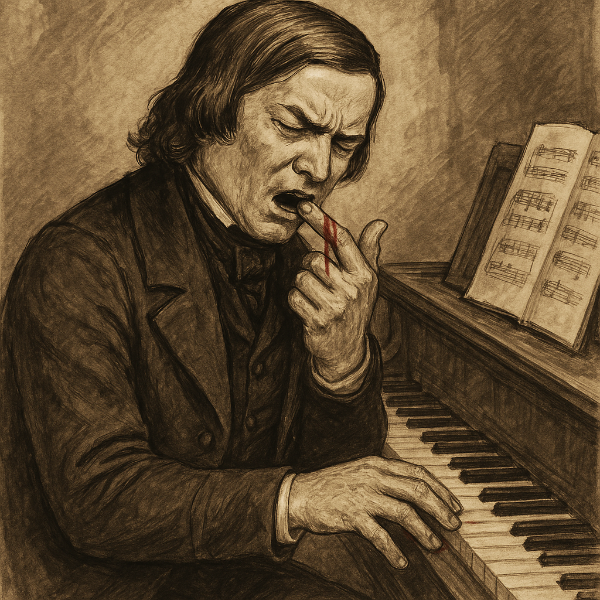Nuanced and colourful final chords of Gabriel Fauré’s Valse-Caprice in D-flat Major, Op. 38, performed by the 1st Prize Winner Manami Suzuki, provided the fitting conclusion for the 12th Hamamatsu International Piano Competition. It was a significant event as Manami Suzuki became the first Japanese woman to win this prestigious competition. Chairperson Noriko Ogawa was clearly delighted with the outcome, and she unequivocally avowed that it “fairly and honestly reflected the quality of Suzuki’s performance and musicianship.”
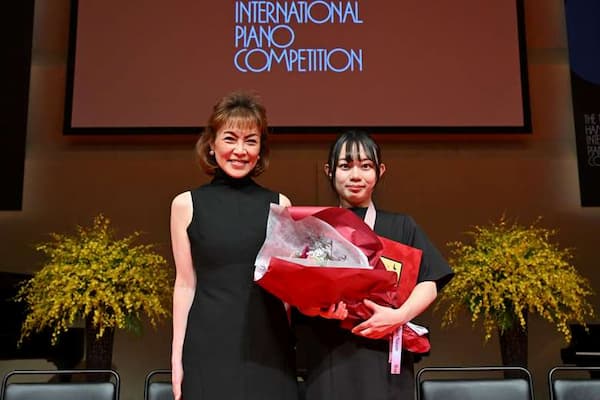
Noriko Ogawa and Manami Suzuki © 2024 Hamamatsu International Piano Competition
Manami Suzuki is certainly off to a great start. Having previously won a number of junior competitions in Japan, she will now embark on an international career of recitals and recordings. It will probably take some time before the enormity of her achievement actually sinks in, yet she understands that lots of work needs to be done. Among them is the need to improve her English language and her general communication skills.
Despite winning one of the most prestigious piano competitions in the world, Suzuki is looking for a piano teacher and at the possibility of furthering her musical studies in Germany. Given that kind of commitment, she seemingly has a bright future ahead of her.
Manami Suzuki: Second Stage,12th Hamamatsu International Piano Competition
City of Music
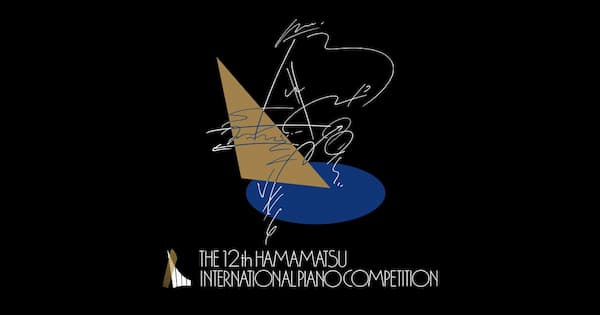
Located halfway between Tokyo and Osaka, Hamamatsu is called the city of music. And for good reasons, as both Yamaha and Kawai are based in the city. In fact, “this is the home of every Japanese piano,” Noriko Ogawa rightfully pointed out. To be sure, one of my personal highlights was a visit to both the Yamaha and the Kawai facilities in the city.
Yamaha
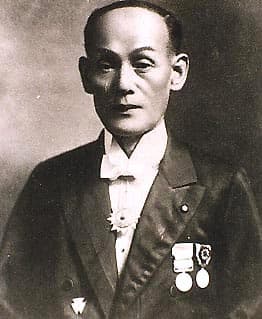
Torakusu Yamaha
If you find yourself in Hamamatsu and you like music, a visit to Yamaha’s “Innovation Road” is simply a must. Essentially, the Corporate Museum, the “Innovation Road,” according to Museum Director Seiichi Hashimoto, “showcases the journey that Yamaha has taken to leverage technologies, know-how, and the values that resonate with people’s emotions.”
It all started with Torakusu Yamaha, who originally built and repaired reed organs. When that instrument was gradually being replaced by upright pianos, Mr. Yamaha saw his opportunity.
In 1900, the first upright Japanese-made piano was rolled off the assembly line, and the first grand piano was added in 1902. By 1966, Yamaha had produced 100,000 instruments a year, making it the world’s largest piano manufacturer.
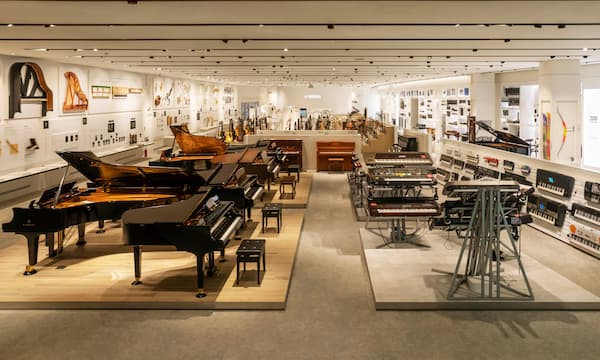
Yamaha: Innovation Road
Over the years, the company has created an extremely broad spectrum of different piano models. The acoustic piano range includes the premium piano CF Series and the CFX concert grand, a piano handcrafted by elite artisans and used at the Hamamatsu competition. “Innovation Road” also featured a long line of digital pianos, and the “TransAcoustic” instrument range uses digital tone modules that produce a rich and immersive sound without the need for external speakers or amplification. The hybrid piano line includes the “Disklavier,” a modern version of the “player piano,” and that concept has been expanded to other instruments as well; you can even watch and hear a jazz trio performing on the virtual stage.
Kawai
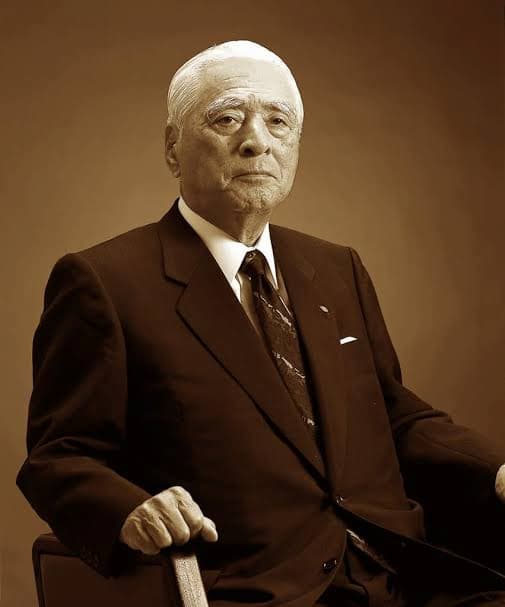
Shigeru Kawai
Koichi Kawai founded the Kawai Musical Instrument Research Laboratory in Hamamatsu in 1927 with a clear vision of crafting world-class musical instruments. Blending traditional piano craftsmanship with the newest technologies, Koichi always had his eye on the future. Initially, he was Mr. Yamaha’s younger colleague, and after years of experimentation, he designed and built the first complete piano action in Japan.
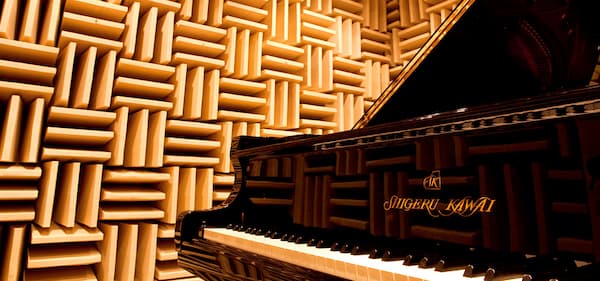
Kawai: Ryuyo Piano Factory
Koichi established his own company, which was passed on to his son Shigeru Kawai, who introduced modern manufacturing techniques and methods. He also invested in music education, building a network of Kawai Music Schools across Japan. And he introduced the “Shigeru Kawai Grand Piano,” turning his attention towards making Kawai “the sound heard around the world.”
The Ryuyo Piano Factory opened in Hamamatsu in 1980, and it is equipped with the most sophisticated piano-building tools available. Even today, it is considered the most advanced and efficient piano factory in the world. According to Master Piano Artisan Shinji Kurisu, “about 40 uprights and 25 grand pianos are produced in this facility every day.” All Shigeru Kawai pianos are hand-crafted at this site, and the factory represents the place where all of Kawai’s knowledge is collected and where the skills of its craftsmen are passed on to future generations. Seeing master artisans work hand in hand with young apprentices to produce an astonishing instrument was one of the most uplifting experiences of my visit.
Mark your Calendar
The Hamamatsu International Piano Competition greatly benefits from world-class facilities, a wonderfully choreographed organisation, and from enthusiastic audience participation. According to Noriko Ogawa, “hundreds of volunteers look after the well-being of competitors, and many form lasting relationships with Japan and local families.”
Competitors will meet world-class musicians, PR personalities, and representatives of recording and management companies, and they will receive international media coverage. If one is inclined to participate in the Competition Circuit, the 13th Hamamatsu International Piano Competition in 2027 should definitely be on one’s calendar.
For more of the best in classical music, sign up for our E-Newsletter




